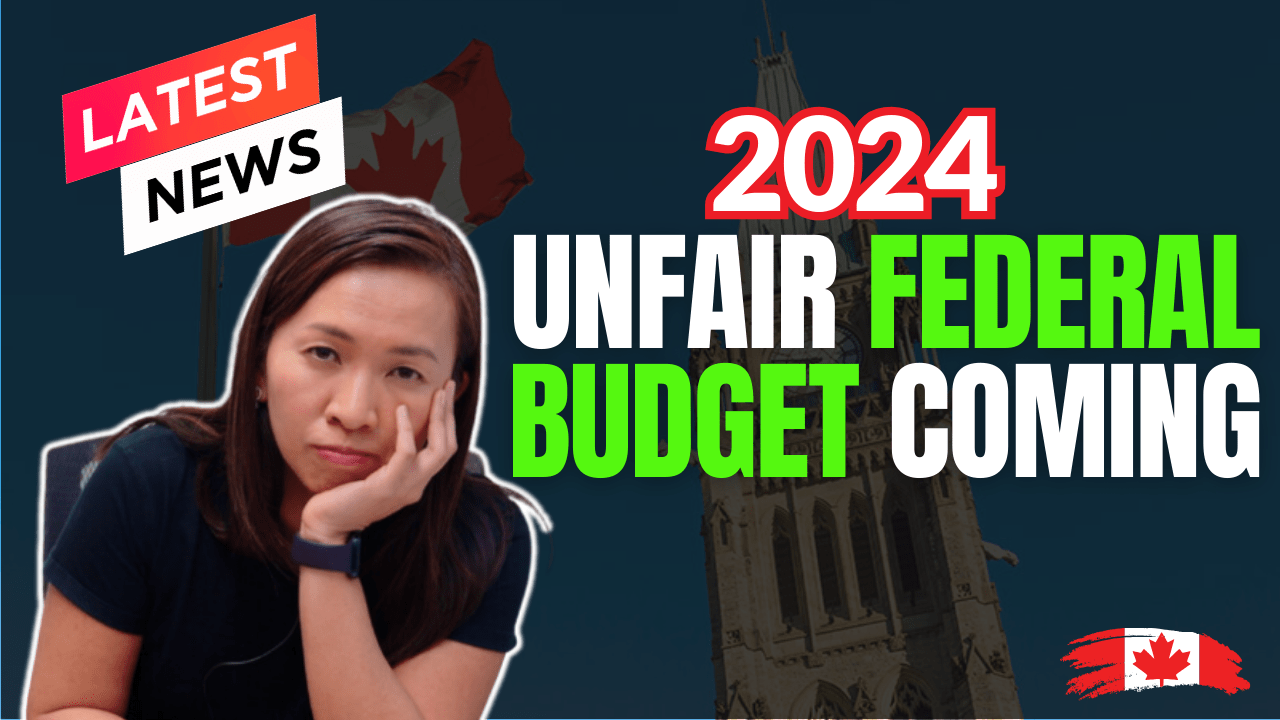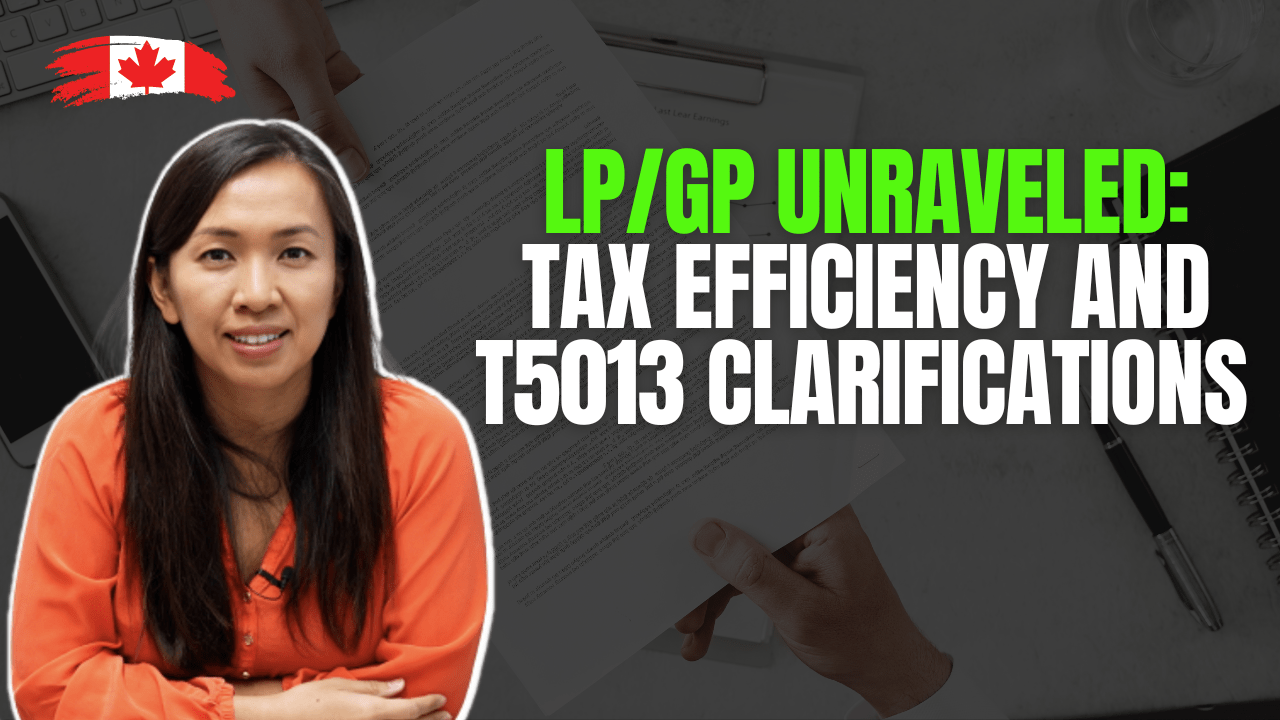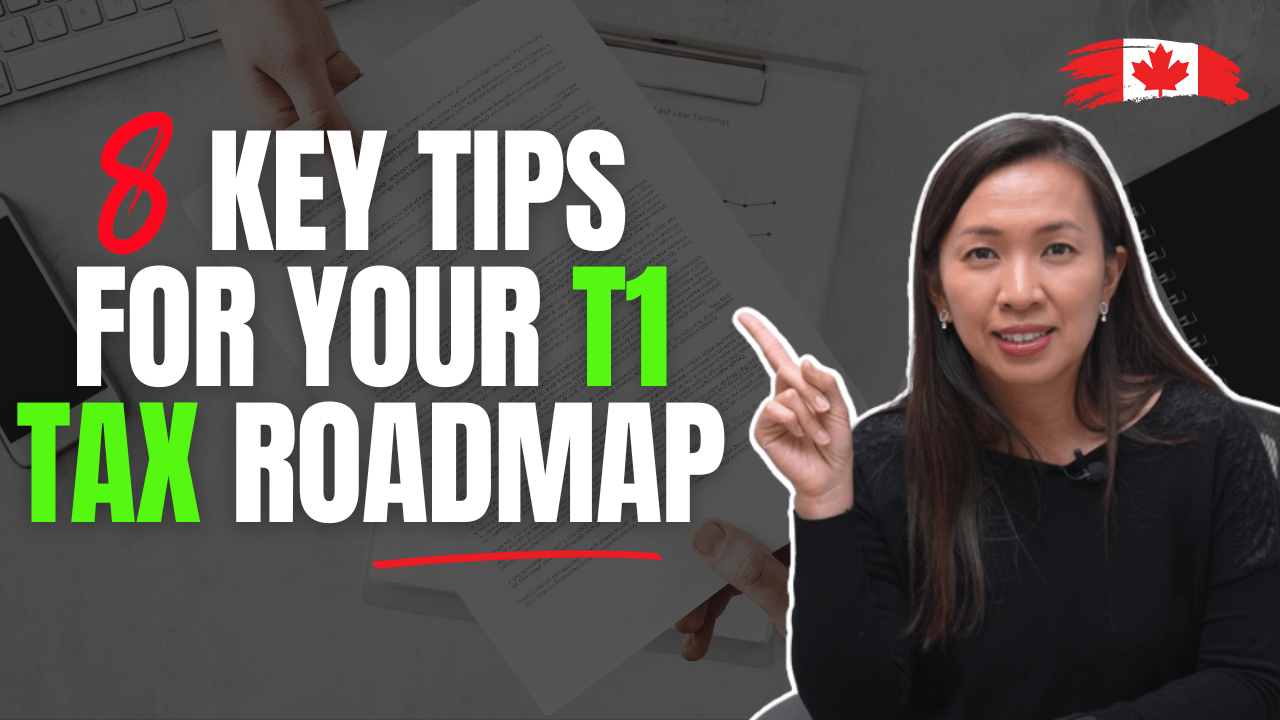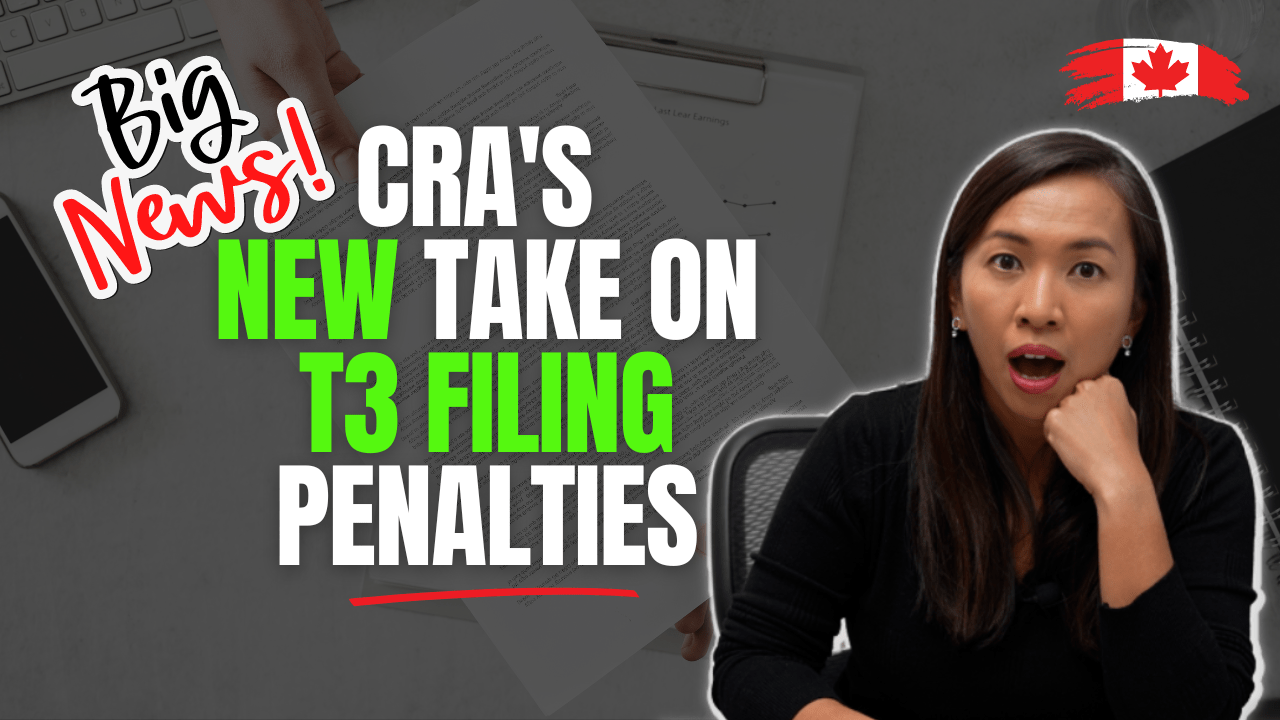
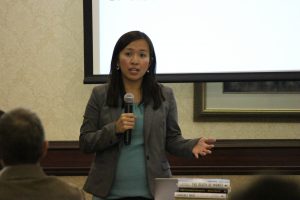
As real estate investors, I would assume the majority of us have read the book Rich Dad Poor Dad written by Robert Kiyosaki. It was the book that changed my life and my perspective on money.
Being a Chartered Accountant, I was blessed to make a decent living right out of university. From my early days as a co-op student to a full time position, I had never needed to worry about getting a job with decent pay.
Thanks to my parents, I was debt free since I graduated. Being able to make a decent living with limited expense early on helped me with the purchase of my first residence � a condo in Richmond Hill. From there on, as I progressed through the corporate ladder, I made more money. I got a nicer car and a bigger home. I was the classic ‘middle class’ described in Rich Dad Poor Dad. This was when the problem came in. I started noticing that I had no money in my bank account. I lived pay cheque to pay cheque.
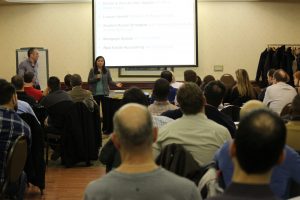
Wealth is really measured by how long you could live without getting a paycheck. It was zero for me at the time.
Robert Kiyosaki said that, “assets produce income whether you work or not.” It was then I realized, my nice car was a liability, my executive Toronto townhouse was also a liability!
None of these assets are producing ANY income for me.
It took me a while to make changes in life. We refinanced the townhouse to purchase our first student rental. We have also rented out the townhouse for a great rental return. And, we live in a detached home with a walkout basement, which is currently rented out to a tenant.
We turned the majority of these liabilities into money-producing assets.
Many investors, who are like us, have rented out their basement to generate extra income. Sometimes, basements are used as dumping grounds when they could be easily renovated into a home cinema room (view some designs similar to a home cinema room in the Midlands or nearby), or a gym or an additional bedroom. So being able to transform it not only helps you generate another income but if you were to ever sell the property, it would boost the value of your home as well.
That got the accountant in me to start thinking, “Would that affect the status of principal residence exemption in Canada Revenue Agency’s eyes?”
For a property to qualify as principal residence (and hence the gain on disposition is tax exempt), the taxpayer or taxpayer’s family (spouse or child) must “ordinarily inhabit” in this particular property. A family unit can only claim one property as the principal residence in any given year generally speaking.
 If you live in the house and you rent out your basement, this is considered a partial change in use in CRA’s eyes. If you have undergone a structural change to section off the space for income producing purpose, the Income Tax Act provides for a deemed disposition of this converted portion of the house. The gain on the deemed disposition is being sheltered by the principal residence exemption. No tax would need to be paid on it.
If you live in the house and you rent out your basement, this is considered a partial change in use in CRA’s eyes. If you have undergone a structural change to section off the space for income producing purpose, the Income Tax Act provides for a deemed disposition of this converted portion of the house. The gain on the deemed disposition is being sheltered by the principal residence exemption. No tax would need to be paid on it.
You are allowed to deduct capital cost allowance (CCA) on the capital cost of that portion of the house, and any cost involved in altering the house against the rental income.
At the same time, you are also required to pay tax on the capital gain you earned on this converted portion, so NO principal residence exemption!
What’s considered “structural change” is more substantial and permanent in nature. Examples include conversion on front half of the house into a store, conversion of a house into a self-contained domestic establishment for earning rental income (a duplex or triplex).
However, CRA’s policy is not to apply this deemed disposition rule provided that the following criteria is met:
- The income producing use is ancillary to the main use of the property as a residence
- There is no structural change to the property; and
- No CCA is claimed on the property
In our case, we did not do any alteration structurally (we bought the house that has a secondary suite) and hence no structural change was made. Although it was producing good income on a monthly basis, it is only sufficient to cover our monthly maintenance cost and we, as a family, are still occupying the major section of the house. The income producing use is therefore considered ancillary to our residence use. And of course, we will not claim any CCA at all, just so that we can preserve the principal residence status on this house!
Luckily, in our case, the deemed disposition rule does not apply to us.
Converting liability into income producing asset is great, but make sure you do it in the most tax efficient manner. Until next time,
Cherry Chan, Your real estate accountant.
